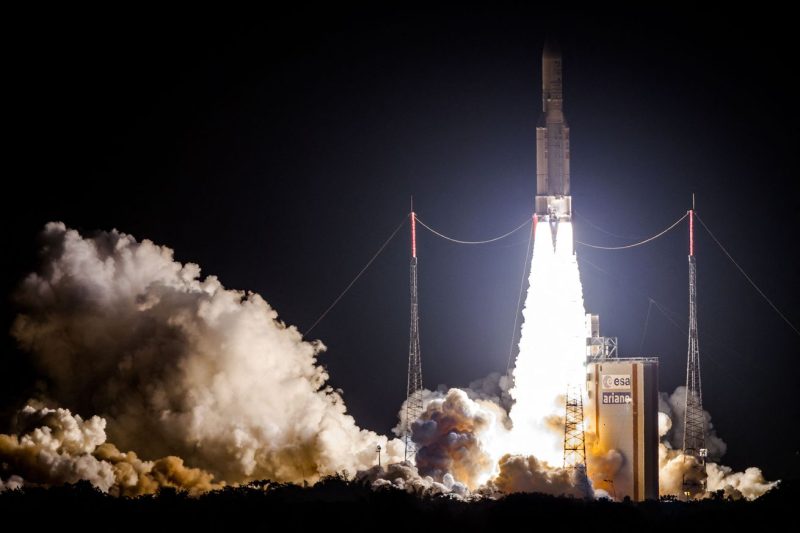In a recent space mishap, a satellite constructed by Boeing disintegrated in orbit, causing concerns about potential space debris. This incident highlights the challenges and risks associated with the rapidly growing satellite industry.
The satellite, known as the Intelsat 29e, was designed to provide high-speed broadband connectivity across the Americas. Launched in 2016, it suffered a sudden and catastrophic failure in April 2019, rendering it inoperable. According to experts, the cause of the disintegration remains unknown, as Boeing investigates the incident.
Space debris, consisting of defunct satellites and other man-made objects, poses a significant threat to active satellites and spacecraft. Collisions with debris can create more fragments, resulting in a cascade effect known as the Kessler Syndrome. This continuous multiplication of space debris could jeopardize future space missions and satellite operations.
The implications of the Intelsat 29e’s disintegration extend beyond technological setbacks. The incident underscores the need for improved space debris mitigation strategies and satellite design. Companies like Boeing must prioritize reliability and longevity in satellite construction to minimize the risk of catastrophic failures.
Furthermore, international cooperation and regulation are essential to address the growing issue of space debris. The United Nations Office for Outer Space Affairs (UNOOSA) has established guidelines for responsible space operations to mitigate the risk of collisions. Cooperation among space-faring nations is crucial to implement these guidelines effectively.
As the satellite industry continues to expand, the importance of sustainable space practices cannot be overstated. Responsible satellite construction, effective debris mitigation strategies, and international collaboration are paramount to ensuring the long-term sustainability of space activities.
The disintegration of the Intelsat 29e serves as a stark reminder of the challenges and risks inherent in space operations. By learning from such incidents and implementing proactive measures, the satellite industry can strive towards a safer and more sustainable space environment for future generations.

